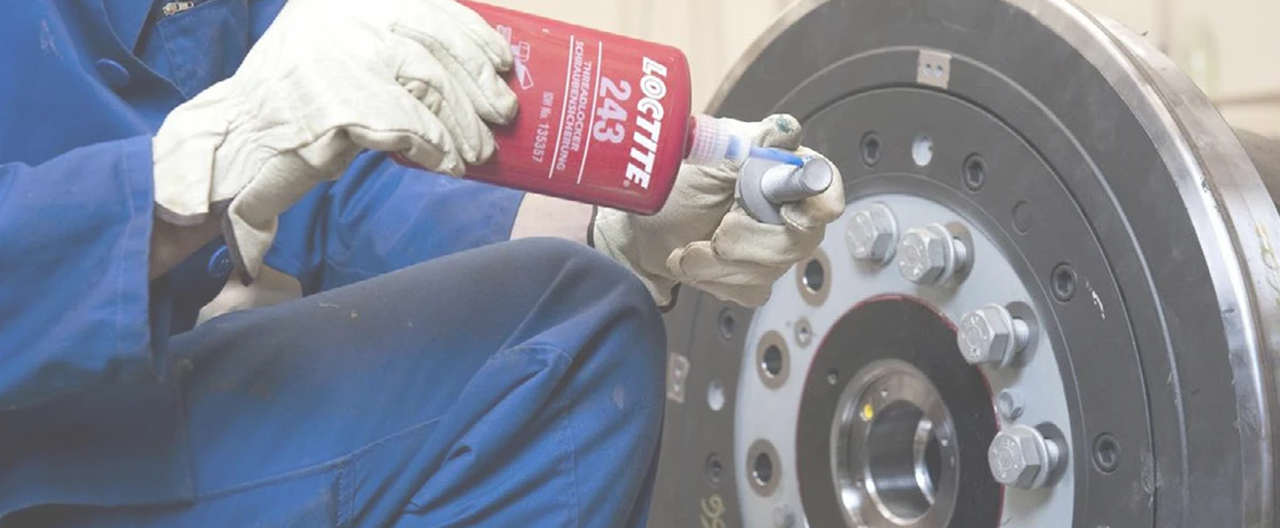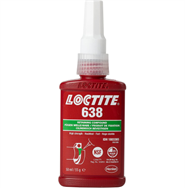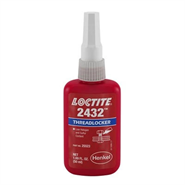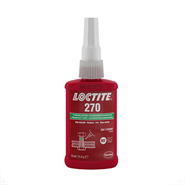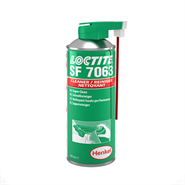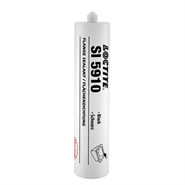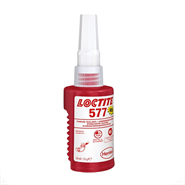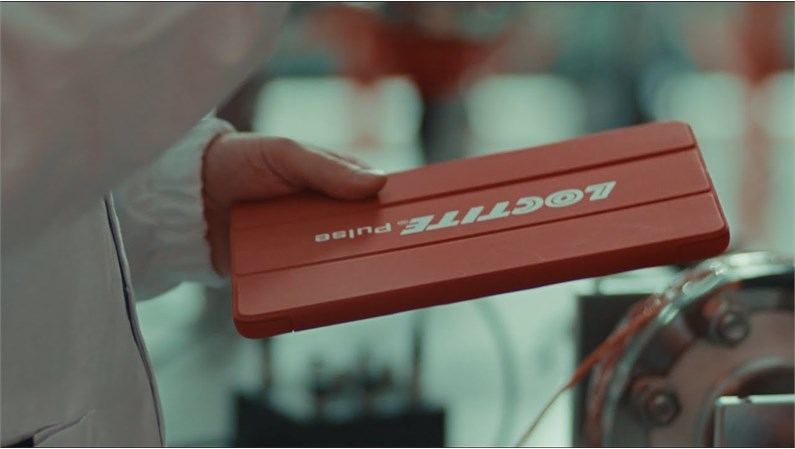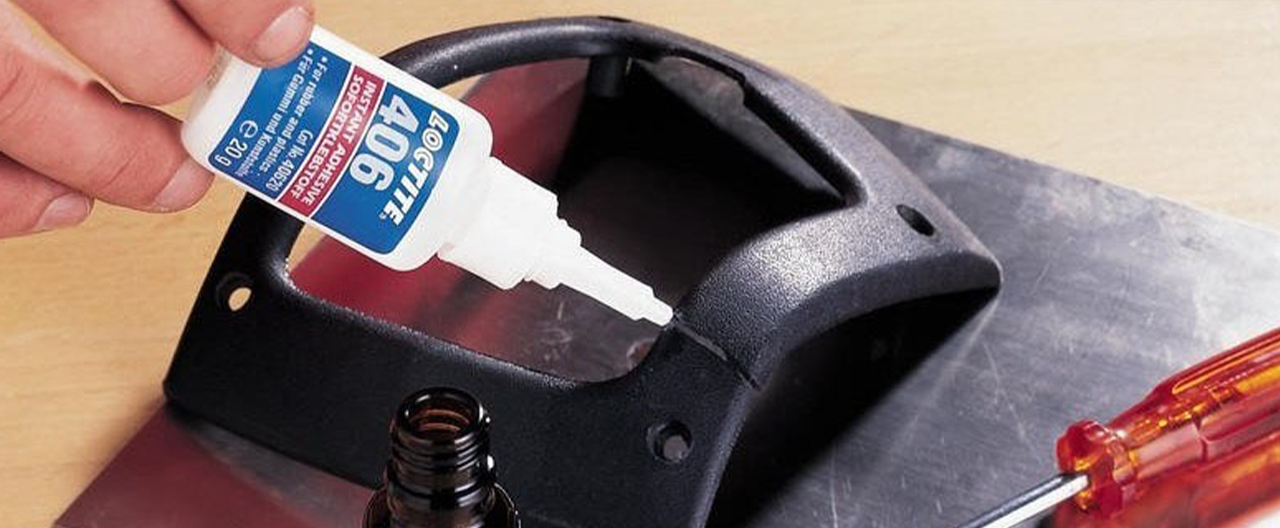Why Use Loctite in Aviation
Loctite is a global leader in adhesives, sealants and surface treatments for general and industrial use. With breakthrough technology, Loctite provides solutions to deliver more efficient, durable, strong and long-lasting bonds, unlocking the limitless potential of man and machine. Loctite products are used in objects that touch lives every day, from aircraft to furniture. Recently, to use its products in the ABB FIA Formula E World Championship, offering the reliable performance and quick repair options needed in high-level motorsports.
The Loctite Corporation was founded in 1956 after Trinity College (CT) Professor Vernon K. Krieble invented thread-locking fluid, an adhesive that prevented mechanical fasteners from corroding or coming loose, even under heavy forces. In 1997, Loctite became a brand of Henkel. Loctite is renowned for its customer focus, innovative ethos and tailor-made solutions. Its products and services help maintenance personnel prevent chronic equipment failures that lead to unplanned downtime. They also enable design and production teams to reduce costs and extend product life with new assembly methods.
Shop with an Official Loctite Supplier
Silmid offers hundreds of Loctite supplies with real-time inventory monitoring, lead time estimates and fast turnaround for AOG support. By selling popular Loctite ranges and sub-brands such as
Frekote,
Ablestik and Stycast, we help companies and enthusiasts improve performance in many fields. We offer the full lineup of
Loctite Threadlockers with low, medium and high-strength formulas depending on the application. Thread sealants add the ability to stop liquid and pressure leaks in aircraft cabins, containers or piping systems, giving an extra layer of protection.
Over its history, Loctite has developed many other products that have proven effective in aerospace manufacturing and repair. Browse our full Loctite Menu to find Loctite glue and instant adhesives, release agents, primers, degreasers, UV-cure adhesives, surface activators and more. The Loctite Content Library and our collection of Henkel Loctite brochures have information about how to select Loctite products and properly apply them. Customers who register for an account receive instant access to our full library of Loctite technical and safety data sheets.
With experts dedicated to optimizing processes, driving costs down and understanding every challenge in every market of our valued customers, Silmid is proud to be an official Loctite distributor. Browse our full range with no minimum order value and around-the-clock access. We are a Loctite wholesaler supplier, providing volume discounts and/or bulk containers for most products with same-day shipping on all in-stock items.
The Loctite Difference: Beyond Adhesives and Bonds
The strongest bond is the bond between people - the human connection that allows us to join forces and push the limits of performance. Choose Loctite to profit from decades of experience from our industry-leading team. We will work closely with you to understand your pain points and develop effective and long-lasting solutions.
FAQs about Loctite Adhesive Products
How do I choose the right Loctite adhesive for my application?
Start by identifying the materials being bonded, the required bond strength, and the environmental conditions (e.g., temperature, chemical exposure, vibration). Also consider the specific application type—such as threadlocking, gasketing, sealing, or structural bonding. Refer to the product’s Technical Data Sheet (TDS) or contact our team of experts for tailored recommendations.What’s the difference between red and blue Loctite threadlocker?
Blue Loctite (e.g., 242, 243) is a medium-strength threadlocker designed for fasteners that may need future disassembly using standard hand tools. Red Loctite (e.g., 262, 271) is high-strength and intended for permanent assemblies; removal usually requires localized heat and tools.When should Loctite not be used?
Avoid using Loctite on plastic parts not rated for its chemistry, on assemblies requiring frequent disassembly when using high-strength formulas, or on surfaces that cannot be properly cleaned or prepared. Always review the product’s TDS for material compatibility, cure requirements, and application limitations.What’s the difference between Loctite 242 and Loctite 243?
Loctite 242 and 243 are both medium-strength, blue threadlockers. However, Loctite 243 is a newer, upgraded version that is oil-tolerant and primerless. It performs reliably even on surfaces with slight contamination. Loctite 242 is more traditional and requires cleaner surfaces for optimal performance.